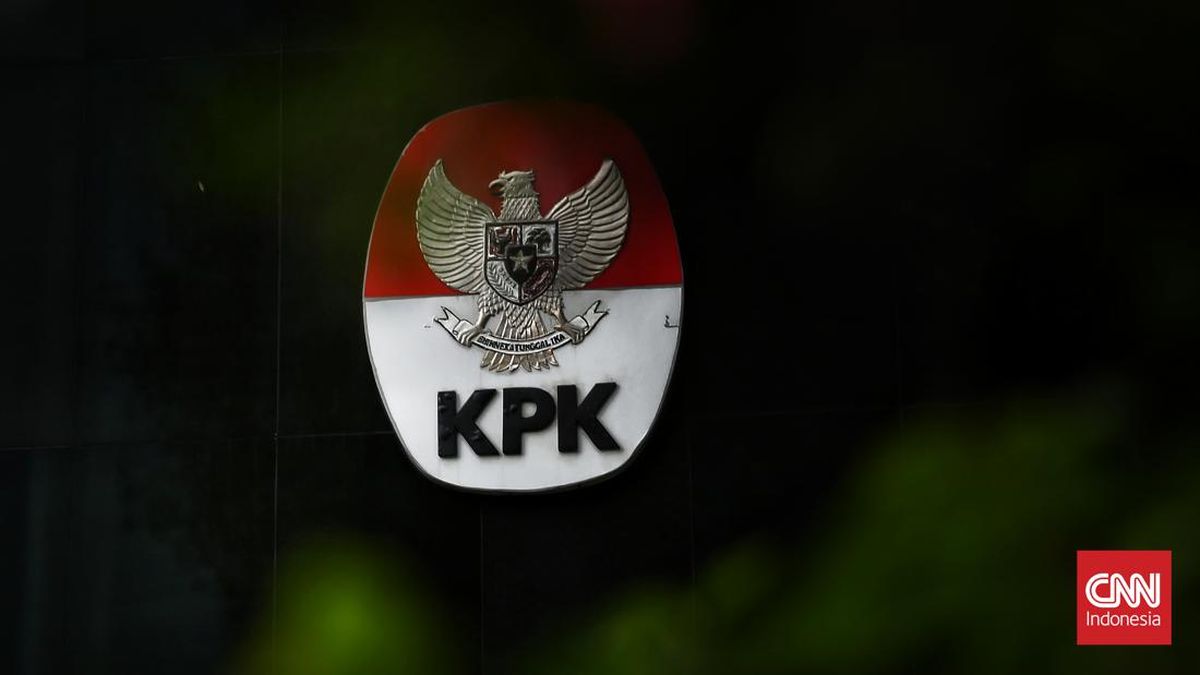Opinion
November 26, 2025 — 12.04pm
November 26, 2025 — 12.04pm
Japan’s bond yields have been hitting decades-long highs. Its sharemarket is sliding. The yen is slumping. The country’s new prime minister has monster challenges, with implications for markets and economies elsewhere.
Last week, Sanae Takaichi unveiled her responses to an economic contraction (the September quarter saw the economy shrink at an annualised rate of 1.8 per cent), persistent inflation of 3 per cent, a weakening currency, the impact of Donald Trump’s tariffs and the affordability issues for households that are prevalent elsewhere.
She announced a ¥21.3 trillion ($211 billion) stimulus package that includes subsidies for energy costs, a cut in Japan’s petrol tax, cash handouts for households, rice vouchers and investments in shipbuilding, semiconductors and artificial intelligence.

Japan’s Prime Minister Sanae Takaichi faces monster-sized economic challenges.Credit: AP
To fund the package, Takaichi will need to issue more government bonds. Japan is already the world’s most indebted economy, with a debt-to-GDP ratio of about 230 per cent.
Until relatively recently, that hasn’t been a major threat to stability as, over recent decades, the Bank of Japan, Japanese insurance companies and other institutions have bought most of the bonds issued.
The BoJ, in fact, owns more than half the government’s debt. Its buying has suppressed Japan’s interest rates and the cost of the government debt.
Japan is already the world’s most indebted economy, with a debt-to-GDP ratio of about 230 per cent.
But the central bank has relatively recently been tapering its bond purchases and raising its policy rate (albeit that it is still only 0.5 per cent) and allowing the yields on bonds to rise after nearly 30 years of deflation gave way to rekindled inflation in 2022.
Those yields have spiked this year in response to Trump’s “Liberation Day” tariffs and have continued to rise (and bond prices, which have an inverse relationship to yields, have continued to fall) despite a deal which saw Japan trade commitments to invest in the US for a lower, 15 per cent tariff rate.
Over the past six months, the yield on Japan’s 10-year bonds has risen from 1.26 per cent to 1.8 per cent. The yield on 30-year bonds has climbed from 2.26 per cent to 3.32 per cent. These are levels not seen in more than a quarter of a century.
Loading
With more debt coming, but the BoJ and insurers no longer the force in the market that they once were (changed solvency rules and some heavy losses have resulted in a big reduction in their holdings) the prospect is that yields, and the interest costs for the government, will continue to rise.
Takaichi’s response seems to be to try to convince the BoJ to hold off raising its policy rate in December, a move the markets were expecting until the stimulus package was first mooted.
That would, along with a currency that has weakened more than 10 per cent against the US dollar over the past six months, threaten to boost an inflation rate that is already well above the BoJ’s 2 per cent target and impose more pressure on Japanese households and companies that are already experiencing significant cost increases.
It’s an invidious position to be in, one where the policy choices are equally unpleasant and one where the weak yen amplifies the impact of the actions taken.
If the BoJ sits on its hands, the yen will remain weak, aiding Japanese’s exporters’ competitiveness in the face of Trump’s tariffs, but importing inflation.
If it raises rates, not only would the cost of servicing the government’s debt rise materially, but there would be a risk that a multitude of global hedge fund trades built around ultra-low Japanese interest rates could unwind via a disorderly rush for the exits that would put further pressure on bond prices.
Those “carry trades,” potentially totalling trillions of US dollars, involve borrowing cheaply in Japan to invest in higher-yielding assets elsewhere, particularly in America.
Higher Japanese yields and a strengthening of the yen would risk capital flight, which is why the spectre of a “Liz Truss moment,” similar to the 2022 meltdown in the UK bond market after Truss’ government announced unfunded tax cuts, is popping up in analyses of Japan’s plight.
Takaichi hasn’t helped her cause by igniting a stoush with China by saying something aloud that might better have been left understood, but unsaid.
Loading
When asked how Japan might respond to a Chinese blockade of Taiwan, she said any action involving the use of force, such as China deploying naval ships, can only be described as a survival-threatening situation. A “survival-threatening situation” is the threshold for Japanese military involvement.
Not surprisingly, China is most unhappy. It issued travel warning to its citizens, urging them to boycott Japan (half a million bookings have been cancelled), pulled Japanese films from its theatres and suspended imports of seafood from Japan, saying Takaichi had “crossed a red line.” Japanese businesses will lose billions of dollars of revenue as a result of the spat.
Japan’s circumstances aren’t broadly different to many other economies. Governments around the world have a debt problem. The US, for instance, has added about $US2 trillion to its government debt so far this year, lifting it above $US38 trillion ($59 trillion).
The unique aspect of Japan’s position is that, for decades, its burgeoning debt levels have been funded almost entirely by its central bank and domestic investors.

Takaichi with then PM Shinzo Abe, centre, in 2014. She has taken a leaf from his economic policies.Credit: Getty Images
If those domestic buyers continue to withdraw from its bond market and aren’t replaced by foreign investors, Japan will be caught in a debt trap, where it is trapped in a vicious cycle of borrowing to fund increasing debt to pay ever-escalating interest costs.
Yen depreciation and further increases in the prices of imported products would feed into higher inflation, lower living standards and lower growth, exacerbating Japan’s fiscal plight.
Takaichi, like her mentor, the late Shinzo Abe, is deploying stimulus to try to grow Japan out of its debt trap. Abe’s expansive monetary and fiscal policies, however, occurred when Japan was suffering deflation, yields were negative, Japan had less debt and where the global trade order was very different.
A lot is riding on whether the gamble on debt-funded stimulus works – and not just for the Japanese, given the fat financial conduits that run between Japan and other major financial centres.
The Business Briefing newsletter delivers major stories, exclusive coverage and expert opinion. Sign up to get it every weekday morning.
Most Viewed in Business
Loading


















































